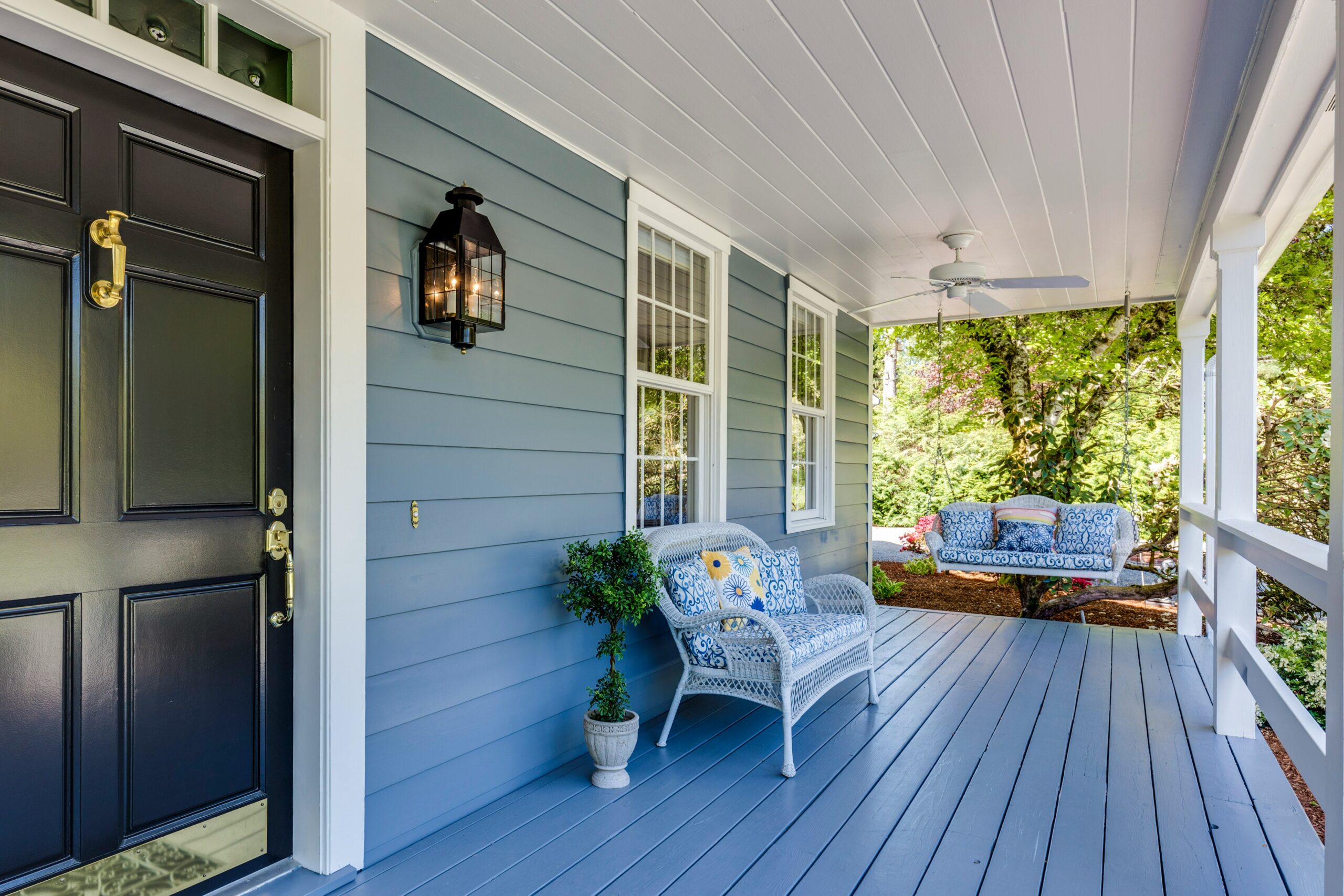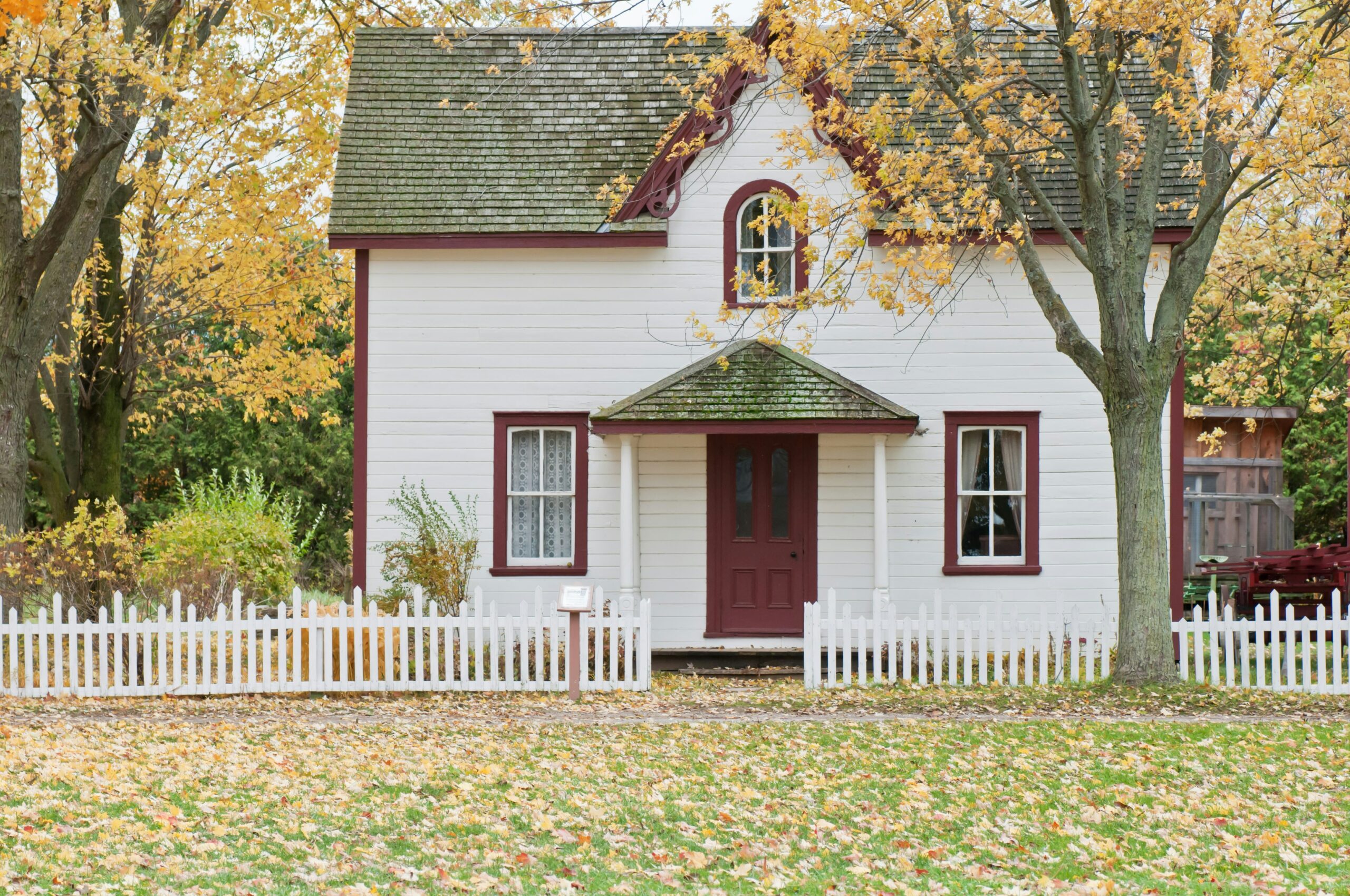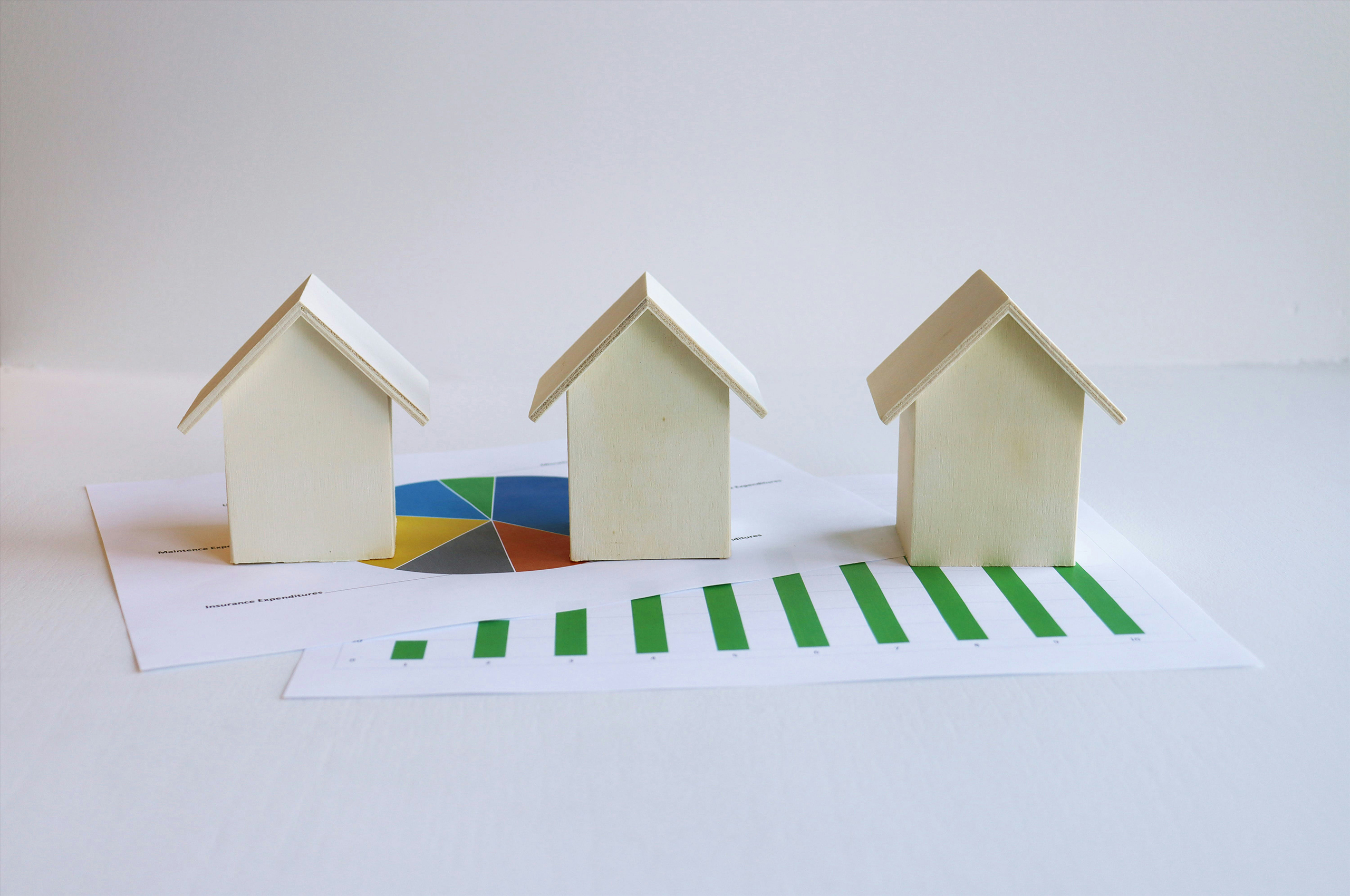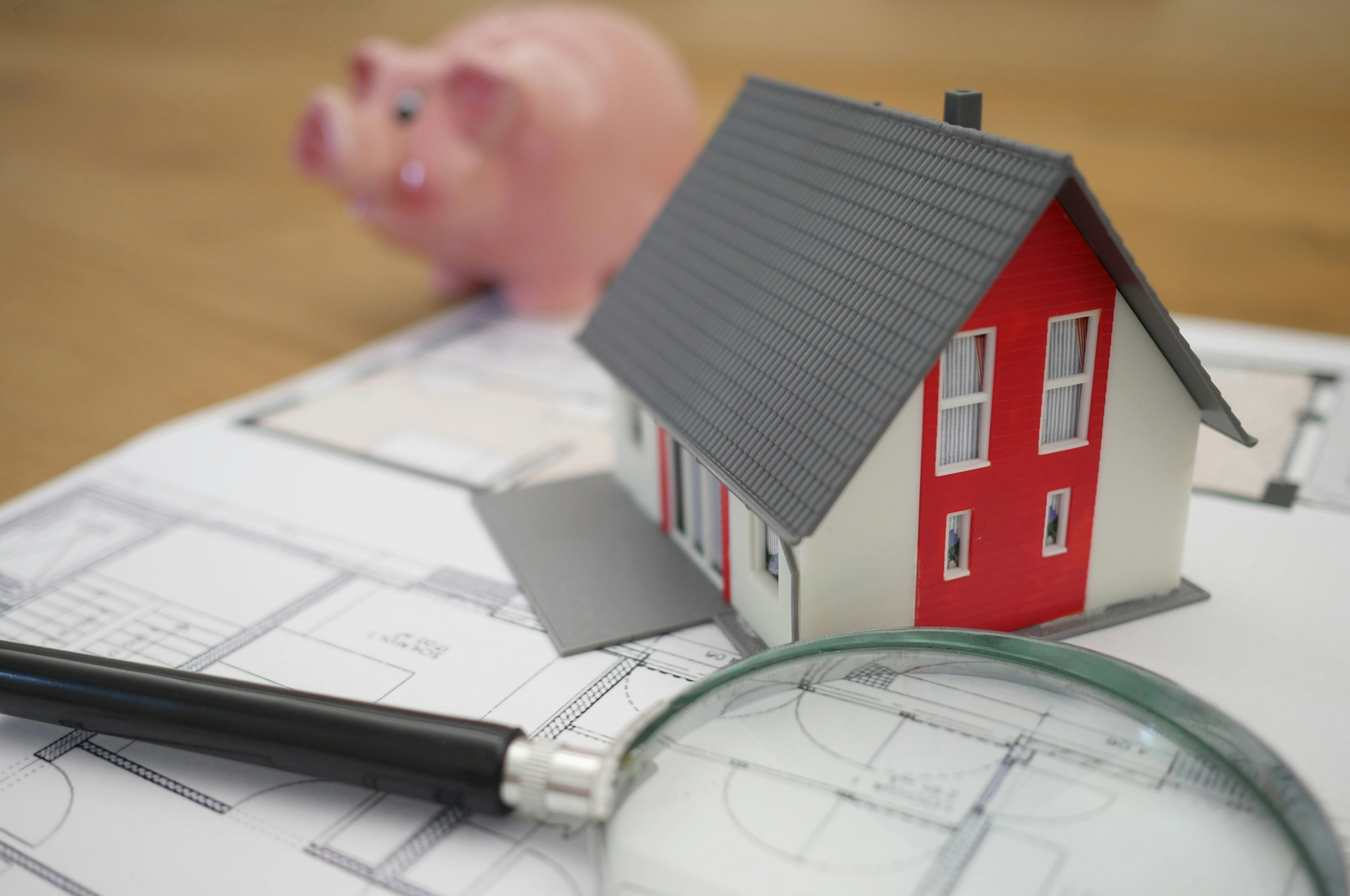
The Best Renovations That Increase Property Value
Thinking about renovating your home? Whether you’re preparing to sell or simply want to make smarter upgrades, some renovations provide a much better return on investment than others. The good news is, not every improvement has to break the bank to add real value to your property. Let’s explore which updates actually boost your home’s worth and which ones to avoid.
One of the best places to start is the kitchen. It’s often called the heart of the home, and for good reason it’s where everyone gathers, and it’s one of the first areas buyers examine. You don’t have to do a full remodel to make a big impact. Even small changes, like updating cabinet hardware, replacing old light fixtures, installing new countertops, or switching to energy-efficient appliances, can freshen the space dramatically. A mid-range kitchen remodel can often return 70-80% of your investment. For example, a friend of mine spent about $10,000 updating her kitchen, and her home appraised for $20,000 more afterward.
Bathrooms are another top area to focus on. Modern, clean bathrooms are appealing to buyers and don’t always require major renovations. Simple upgrades such as installing a new vanity, fresh tile, modern fixtures, a new toilet, and better lighting can transform the space. These updates typically yield a 60-70% return. A fresh, functional bathroom can leave a lasting impression on buyers and help sell your home faster.
Don’t underestimate the importance of curb appeal. First impressions matter, and when potential buyers pull up to your home, they immediately notice the yard, the front door, and the overall exterior appearance. Enhancing curb appeal can be as simple as adding fresh mulch, planting colorful flowers, painting the front door, updating house numbers, cleaning walkways, and repairing fences. Even power-washing siding and driveways makes a visible difference. I once worked with a buyer who chose one home over another solely because the front yard looked more welcoming.
Painting is one of the most cost-effective ways to refresh a space. Inside the home, stick to neutral colors like soft grays, warm whites, or beiges to make rooms feel larger, brighter, and more appealing. A fresh coat of paint also helps cover up scuffs, odors, and outdated color schemes. Exterior painting particularly touching up trim or siding can boost your home’s perceived value and curb appeal significantly.
Flooring also plays a critical role in home value. Worn carpets, chipped tiles, or scratched wood floors can instantly make your home feel outdated. Replacing old flooring doesn’t have to be expensive. Luxury vinyl plank (LVP) flooring is affordable, durable, and stylish. It’s also wise to keep the flooring consistent throughout the home to create a seamless and more spacious feel. Buyers love move-in ready homes, and new floors can make yours stand out.
Energy-efficient upgrades are increasingly popular as buyers look for homes that save money and are environmentally friendly. Consider installing double-pane windows, insulated garage doors, smart thermostats, LED lighting, or improving attic insulation. These upgrades may not be flashy, but they appeal to eco-conscious buyers and lower monthly utility bills. In some states, they can also qualify for tax incentives or rebates, adding even more value.
If you’re looking to add value by increasing your home’s usable space, think about finishing a basement or converting an attic. Even repurposing existing space such as turning a large laundry room into a combination laundry and home office can make your home more functional. I once worked with a seller who turned a loft into a fourth bedroom for around $8,000. It raised their sale price by $25,000. That’s a strong return.
Open layouts are still highly desirable. If your home feels boxed in, you might consider removing a non-load-bearing wall to open up the flow between the kitchen and living room. You don’t need to gut the whole floor plan even widening a doorway can improve the sense of space. Open concepts help homes feel larger and more connected, which is very attractive to buyers.
Modern lighting also makes a big difference. Dated fixtures can age your home, while sleek, updated lighting brings a contemporary feel. Swap out brass or ornate lights for cleaner, minimalist designs. Add dimmer switches for adjustable ambiance, and install recessed lighting in key areas like the kitchen and living room. Don’t forget about natural light replace heavy curtains with sheer panels or leave windows uncovered to let light pour in. Bright homes tend to sell faster and feel more inviting.
Smart home features are no longer just a novelty they’re expected by many buyers. Affordable upgrades like smart locks, video doorbells, smart thermostats, garage door controllers, and Wi-Fi-enabled light switches add convenience and a modern edge. These systems are easy to install and enhance the overall appeal of your home.
Even small fixes can make a big difference. Loose doorknobs, squeaky hinges, cracked outlet covers, or scuffed baseboards might seem minor, but they add up in the eyes of a buyer. Walk through your home as if you’re seeing it for the first time, or better yet, have a friend point out things that feel “off.” Tending to these minor details helps give the impression of a well-maintained home.
While not technically a renovation, decluttering and staging are essential steps. Clutter makes rooms feel smaller and distracts buyers from your home’s best features. Clear off countertops, pack away personal items, and arrange furniture to maximize flow and space. You don’t necessarily need a professional stager just aim for a clean, open, and inviting look. The goal is to help buyers envision themselves living there.
On the flip side, not all renovations are worth the cost. For example, installing a swimming pool can be expensive and may actually turn buyers away due to maintenance concerns. Overly customized designs, like ultra-specific themes or colors, can also limit your home’s appeal. Stick with timeless, neutral choices that appeal to a broader audience. Likewise, luxury upgrades such as heated floors or elaborate wine cellars may not yield strong returns if they don’t fit your neighborhood. Garage conversions can also hurt value in car-dependent areas, where having a garage is a must. Before making major changes, consult a local real estate expert to understand what makes sense for your market.
Planning is key when renovating. Always set a clear budget and include a buffer for unexpected costs. Get multiple quotes for big projects to ensure you’re getting fair pricing. Keep receipts and take before-and-after photos these are helpful for appraisals and marketing when you sell. Avoid over-improving; renovations should match the style and value of other homes in your neighborhood. And always think like a buyer: what features would you want if you were house hunting?
In the end, renovating your home can be both exciting and profitable. The key is to focus on updates that improve function, appearance, and efficiency. Start with small changes that make a big impact and prioritize projects with the best return on investment. If you’re ever in doubt, talk to a local real estate agent or appraiser a quick conversation could save you thousands. So, are you ready to roll up your sleeves? Choose a project and make it count. Your future buyers and your bank account will thank you.
Disclaimer: This article is for informational purposes only and does not constitute financial advice. Readers should consult with financial advisors and real estate professionals before making investment decisions.
Related Blog Posts

Buying a home is one of the biggest financial decisions you’ll ever make, and timing plays a crucial role in ensuring you get the best deal possible...
Are you thinking about where you want to live long-term? Maybe you’re weighing your options between renting and buying...
Let me guess—you’ve looked at a few houses recently, ran the numbers, and thought, “Wait, how can anyone afford this?” You’re not alone. Home...
Let’s be honest—real estate commissions can feel confusing. Who pays whom? How much? And what are you really getting in return? If you’re buying or...



